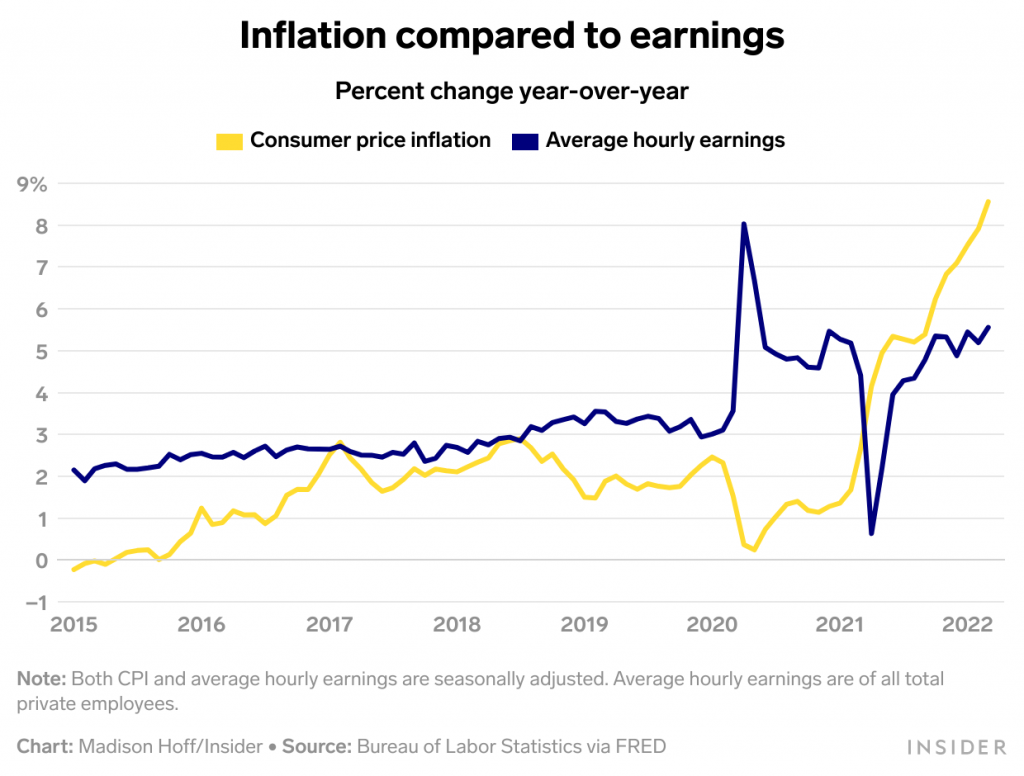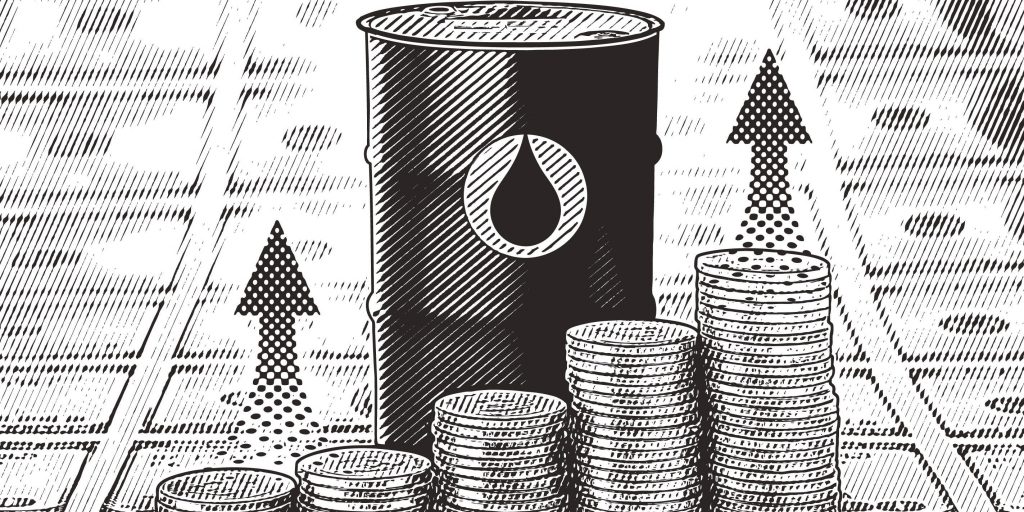- The bottom half of the US population now holds $3.73 trillion of America's wealth, more than it's held for 20 years.
- The increase is largely due to government payouts such as child tax credits and stimulus payments.
- "Unfortunately, this improvement may be nothing but fleeting," an expert told Insider.
The income gap between the bottom and top halves of American households has shrunk drastically since the start of the pandemic — but change may be short-lived.
Citing the Federal Reserve estimates, Bloomberg reported that the bottom 50% of households held a net worth of $166,000 or less prior to the pandemic.
This 50% of households now hold a collective $3.73 trillion of the nation's wealth — nearly twice as much as 2020 and over 10 times as much as 2011.
The number is the highest collective net worth that the bottom half has held for more than 20 years.
However, the data also doesn't take regional cost of living differences into account — such as gas costs topping $8 in Los Angeles compared to the national average of $5 — or racial income inequality. For example, Bloomberg added that at the start of 2022 Black households made up just 4.4% — a 0.4% increase since 2020.
Brian Marks, a professor in the Economics department at the University of New Haven, told Insider that while it may be nice to discuss improvements, "there's an issue about disposable income and the cost of living and the impact inflation is having."
Inflation is at the highest it's been in 40 years, Forbes said. A May Consumer Price Index report found that inflation has risen 8.6% in 12-months.
Marks, who was appointed by President Ronald Reagan's administration to the Commodity Futures Trading Commission, said inflation on key goods such as housing, energy, and food is a "stealth tax, but unfortunately in this environment, it's not too stealthy."

"The pandemic improved the wealth of the lower half, simply because of the nature of what was going on in the environment at the time," Marks added. "But you know, again, we're moving into this new phase of recovery leaving the pandemic, but we're facing supply chain crises, which are putting upward pressure on pricing because of demand. And so those gains may be dissipated."
The increase in wealth for the bottom half of American households is largely due to government payouts from the pandemic such as the child tax credit and stimulus payments. Bloomberg also added that an increase in demand for jobs that require "minimal" qualifications has also driven up pay rates since January 2020.
But now that payments have stopped and the cost of goods is rising, Marks argues that the income inequality gap may widen once again.
"As all these programs come to an end, and we're seeing what's happening with pricing, unfortunately, this improvement may be nothing but fleeting," he said.
"Every time we go to the gas station, every time we go to the grocery store, and particularly those at the lower half of the income spectrum, it's a progressive tax that's really going to hit hard as we move forward," Marks told Insider, adding that some people may even be relying on the savings they've acquired throughout the pandemic just to get by.
Thomas Piketty, a French economist, told Bloomberg that substantial changes in policy are the only real way to help the bottom 50% to gain and maintain considerable wealth.
"The bottom line is that the bottom 50% have never owned anything substantial," he said. "Some say that we should simply wait for growth to spread the wealth, but this makes little sense in light of historical evidence. We have had growth for the past two centuries, but the bottom 50% wealth share has always been less than 5%. This is an enormous injustice for bottom-50% children, and this is also a big loss of economic initiative and mobility."
